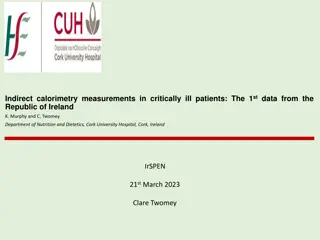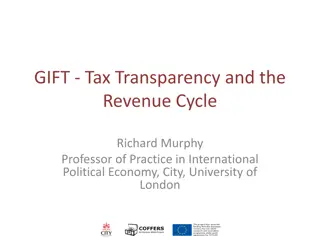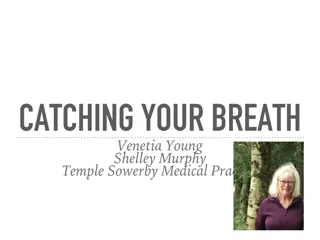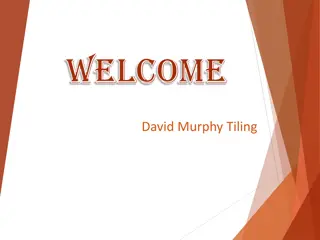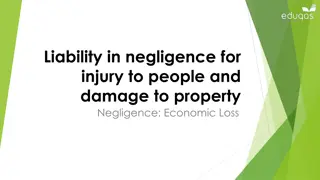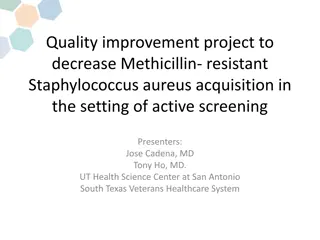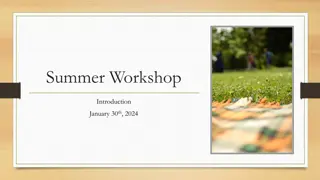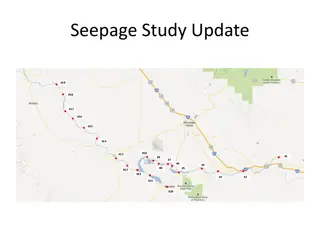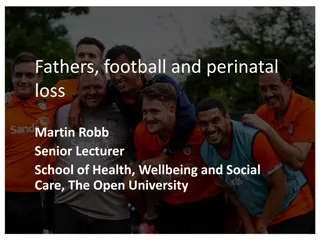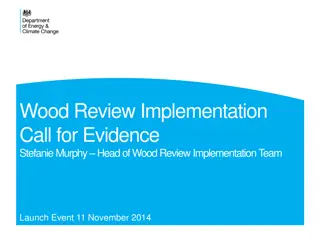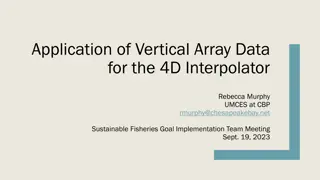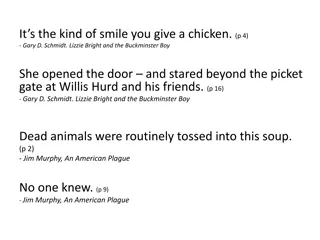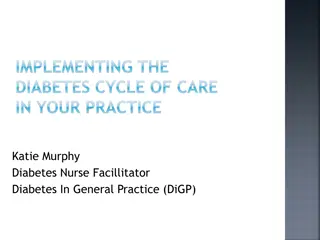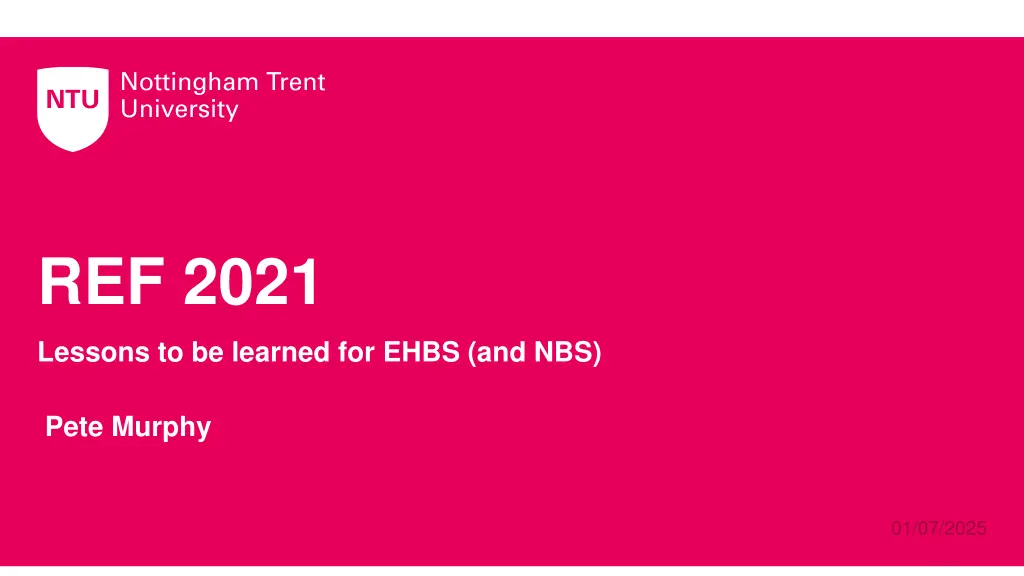
Lessons Learned for EHBS and NBS Submissions
Discover key insights from the analysis of submissions in 2014 and 2021, including trends in quality assessments, cross-referral processes, and output types. Gain valuable perspectives on peer review, external assessment, and publication standards for research outputs.
Download Presentation

Please find below an Image/Link to download the presentation.
The content on the website is provided AS IS for your information and personal use only. It may not be sold, licensed, or shared on other websites without obtaining consent from the author. If you encounter any issues during the download, it is possible that the publisher has removed the file from their server.
You are allowed to download the files provided on this website for personal or commercial use, subject to the condition that they are used lawfully. All files are the property of their respective owners.
The content on the website is provided AS IS for your information and personal use only. It may not be sold, licensed, or shared on other websites without obtaining consent from the author.
E N D
Presentation Transcript
REF 2021 Lessons to be learned for EHBS (and NBS) Pete Murphy 01/07/2025
Overview of submissions 2014 and 2021 2014 2021 Number of Submissions 101 108 3,320 6,633.5 Category A FTE staff submitted Headcount of Category A and C staff submitted 3602 6995 Headcount of Early Career Researchers 731 1036 Number of outputs 12,204 16,038 Number of case studies 432 539
Outputs General Whilst many outputs were assessed to be of the same or very similar quality, some elicited a range of quality assessments from sub-panel members. This replicated what happened with the panel of external assessors NTU used in the internal and external NTU used prior to submission (i.e. external assessors sometimes disagreed to a degree of one grade point or more on the quality of outputs (specialists and generalists). Nb Quality Assure your Externals External metrics and rankings were not consulted. ABS rankings are an issue but good (and not so good) research is found everywhere. In the main, sub-panel members tried to ignore where outputs were published. www.ntu.ac.uk
Outputs General There was overlap between outputs (methods, study design) is to be expected, and only significant overlap (e.g. a book which has one chapter also published more or less verbatim as a journal article) was penalised. More than one output from same data set or study is fine, as long as they don t all say the same thing or the salami is sliced really thinly. A large data set on its own doesn t make something 4* even if it rigorous the research has also to be significant and original Output or journal quality indicators, e.g. rankings produced by independent bodies, were not provided to sub-panels and were not regularly mentioned in discussions on output quality but we did get the journal names and everybody knew the ABS list. . Peer reviewing an output and externally assessing an output are different. The difference between the two should be emphasised to those involved in the internal and external output review process. www.ntu.ac.uk
Outputs Cross-referral Sub-panels took note of institutions cross-referral requests but decisions on which outputs to cross-refer were taken by individual sub-panels, irrespective of whether such requests had been made or not. While most cross-referral requests were normally accepted, a small number were declined in instances where the receiving sub-panel felt they fell outside its sphere of competence. Outputs are assessed on their own merits and in their own terms, as research, not as research in a particular field and specifically, nothing is graded as 0 for not fitting the disciplinary area. Outputs submitted that don t fit well into the UoA to which they are submitted are cross-referred. The advice provided by the sub-panel to which the cross-referral is made is usually taken, (although moderated as with all others). www.ntu.ac.uk
Outputs Types Any output type can get any grade edited books can (very occasionally, if the editing itself is clearly ground-breaking) get 4*; monographs can get 1*. Reports to public or funding bodies can also score well. Outputs that were extensively taken from large-funded projects that did not sufficiently demonstrate originality, significance or rigour but focussed on project success were not considered to be strong examples of research. Likewise, outputs that were descriptive rather than critical were not regarded as good examples of research. www.ntu.ac.uk
Outputs Output Types In the round, books consistently scored well and were almost universally double weighted. If review papers are to be submitted to a future research assessment exercise it would be beneficial to include a 300-word statement, particularly where research methods used are less common in the sub-panel to which the output is being submitted. The recent innovation of short form publication of books (strict word limit with publication promised within 3 months of manuscript submission) lent itself to the assessment criteria and they scored consistently well Many adopted a common format with an introductory chapter on research context, background, justification and research gap followed by a conceptualisation/theory chapter followed by 2/3/4 chapters on applications to practice and a final discussion/conclusions chapter. www.ntu.ac.uk
Output Types how did they compare Personal analysis of 1/3rd of outputs showed the following results Books new short form Books providing research monograph Multiple chapters in book Peer Reviewed Journal Articles Research Reports Single Chapters Conference papers and others . Nb Multiple authors on an output submitted by multiple institutions all scored the same!
Environment Institutional statements Institutional environment statements were used inconsistently by UoAs. The better ones provided general context, using the unit statements to address all of the assessment criteria as they applied to the unit. Some institutional statements supported the unit statements effectively by highlighting strengths and strategies to support the units, whilst others appeared to override the unit statements and some even contradicted them. Specific examples of the effects of policies should be provided, rather than just listing policies and initiatives which have been implemented. Better environment statements were able to evidence cause and effect e.g. a policy focused on ECRs helped to increase ECR publication rates by X%, through the provision of 30 hours of mentorship per year, 100 hours of writing time etc. www.ntu.ac.uk
Environment Generally, bigger environments tend to do better because they have more activity, in terms of both breadth and depth, to showcase. Standard data for environment had a significant role in assessing environment statements and research culture in units. Sector averages across the REF period were used when assessing performance of units. Reflection of REF14 environment statements was considered by sub-panel as much as the future strategies provided in the submissions. Collaboration and contribution to the research base was an important element of environment assessment as it demonstrated sector and international standing of units. www.ntu.ac.uk
Environment In order to show both sustainability and vitality, strong submissions used many more and much wider ranges of examples and evidence from their research and very consciously and specifically addressed all aspects of the criteria. Weaker submissions tended to use the same examples repeatedly in meeting different parts of the criteria some also tended to leave out or ignore inconvenient criteria that they couldn t provide evidence or examples against. This aspect worked in favour of more traditional and established research intensive HEIs and against post 92s and newer HEIS e.g. income, degree completions and almost all data were averaged across the whole REF period rather than considering whether or how much improvement there had been between 2014 and 2021. www.ntu.ac.uk
Lessons for EHBC - general Very impressive there was also a reasonably good balance between the 4 sections in terms of length but a little more variety in terms of quality Probably the best First-REF submission which you now need to develop into the step change it promises, and in REF2021 how you developed from the Future Research Strategy laid out in REF2014 was important EHBC predominantly read the exam question and generally followed the rules and guidance. The rules will change for REF2028 be as painstaking at addressing them EHBC were very good at portraying a robust, honest and realistic approach to your capacity and capabilities and your current situation in the organisational landscape of HEIs
Section 1: Unit context and Structure, research and impact strategy Very good at portraying growth and direction of travel (although REF measures performance across the whole REF period and used averages) Four research clusters/centres were a relatively high number for this size of submission the challenge will be to show they all have critical mass Future Research Strategy Relatively weak and lacking in concrete evidence particularly quants and qual metrics (some good indications of future strategy in the overview section) REF2021 looked at what was said in 2014 panel were realistic knowing that things changed but took a view about how implementation had been whatever you do don t try and slavishly follow previous strategy but acknowledge the changes Should be able to turn the vagueness into a positive in REF2028 similar there may be no Unit Environment Statement at next REF
Section 2: People Staffing Strategy and Staff Development what you are doing and what you are trying to do (if the institution and its leadership mean it) is excellent but the numbers are very low and you don t get the sense of coherence or systematic infrastructure and support that is embedded in a new research culture developing at EHBS EDI section is short but relatively good and but lacking in detail and numbers and light on BAME issues needed more detail and to cover all EDI issues PDR numbers expose the reality of the overall research mass at EHBS
Section 3: Income, Infrastructure and Facilities This was most unbalanced section particularly short on infrastructure and facilities it could usefully have been expanded and set in the context of university facilities as a whole. You benefit from modern, small, interconnected, user-friendly, campus easy to get people (internal and external) together, but it doesn t get adequate coverage or mentions elsewhere you mention library investment, IT investment etc a bit of a missed opportunity.
Section 4: Collaboration and contribution to the research base, economy and society EHBS made the very best of the capacity and capabilities and the challenging strategic situation your research is in unfortunately it was repeatedly talking in detail about the same individuals projects and initiatives - essentially because it had too in order to cover all questions! 2. individuals, 10 impact studies and were careful not to mention individuals more than 2or 3 times but they had the capacity to do that Contrast this with a university I led on which submitted over 160
Impact It is really important that the eligibility of each case study is watertight e.g. by making clear that the underpinning research was undertaken by the submitting HEI, that the research and impact occurred within the stipulated timeframes and that the 2* quality threshold has been reached. The link between the underpinning research and impact claimed needs to be fairly direct and obvious (ask the question - if not for this research, would this impact have happened). Impact doesn t have to be overly broad if it has sufficient depth. Localised impact is fine for submissions. www.ntu.ac.uk
Impact The quality and presentation of case studies was very variable. The overall 5 page limit was strictly applied but the indicative word limits were largely ignored, not least because submissions constantly put the wrong information under different sections of the submission. The next criteria setting panels may well address and tighten this up in the next REF. The use of specialist external impact assessors from practice added greatly to the rigour of the assessment but may have had the effect of depressing overall scores. www.ntu.ac.uk
Impact It was relatively easy to detect impact case studies that had not been written by the research team itself (e.g. especially when the lead author had left the institution before submission). As with all cases, these were assessed as submitted but it is likely they did not do justice to the research or its impact, in the overall score. Case studies based on a long term body of work and/or series of related projects are becoming more common and appear more robust with the numbers of individual case study based on a specific individual research project declining a little in popularity. However, when the narrative was spread over too many individual projects it was obviously difficult to do justice to them all, no matter how well they were related to each other. www.ntu.ac.uk
EHBC Impact case Studies Congratulations - the highest score of the EHBS results REF2021 generally saw a shift from ICS being produced by individuals to those being produced by teams (and teams operating over 6-8 years) assessors can only go on what is presented or submitted but teams rather than individuals generally generated a positive impression in terms of size complexity significance and sustainability EHBS had no continuing ICS from REF2014 but elsewhere continuing ICS scored very strongly and appear to be the basis for many potential REF2028 cases
EHBS Presentation EHBS stuck to 5-page limit but you abused the indicative word limits within the 5 pages we expect this to be tightened at REF2028 in particular the summary (which was not indicative but was treated as such). EHBS retail case study had a notably good summary. Overall, there was much improved layout for ICS generally and a move to a very consistent presentation of references and evidence. In these circumstances EHBS layout was a bit cramped and needed headings and the narrative better spaced.
EHBS Section 5 Sources of Evidence (particularly testimonies) very variable and could have benefited from more explanation in both of the EHBS cases Health ICS was good at linking them but I note it had too many sources You benefitted from the practice of the panel looking to identify impacts in individual ICS and not penalising impacts claimed that were not then substantiated e.g. if 3 or 4 projects are presented in a case study and one is not justified the ICS was judged on the impact of the remainder




